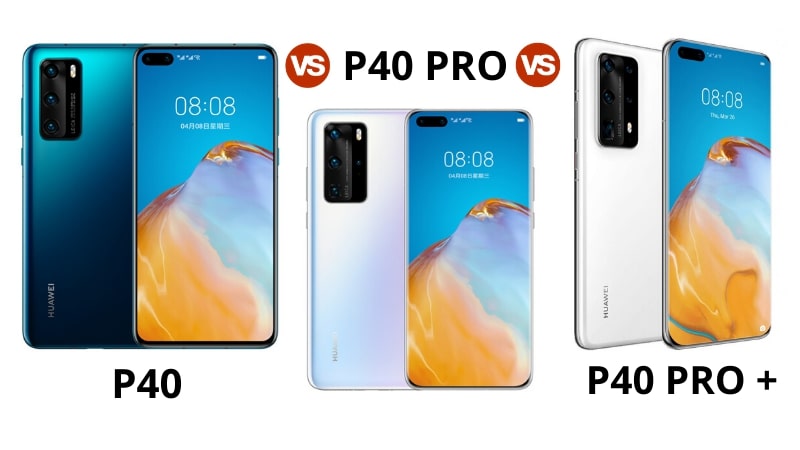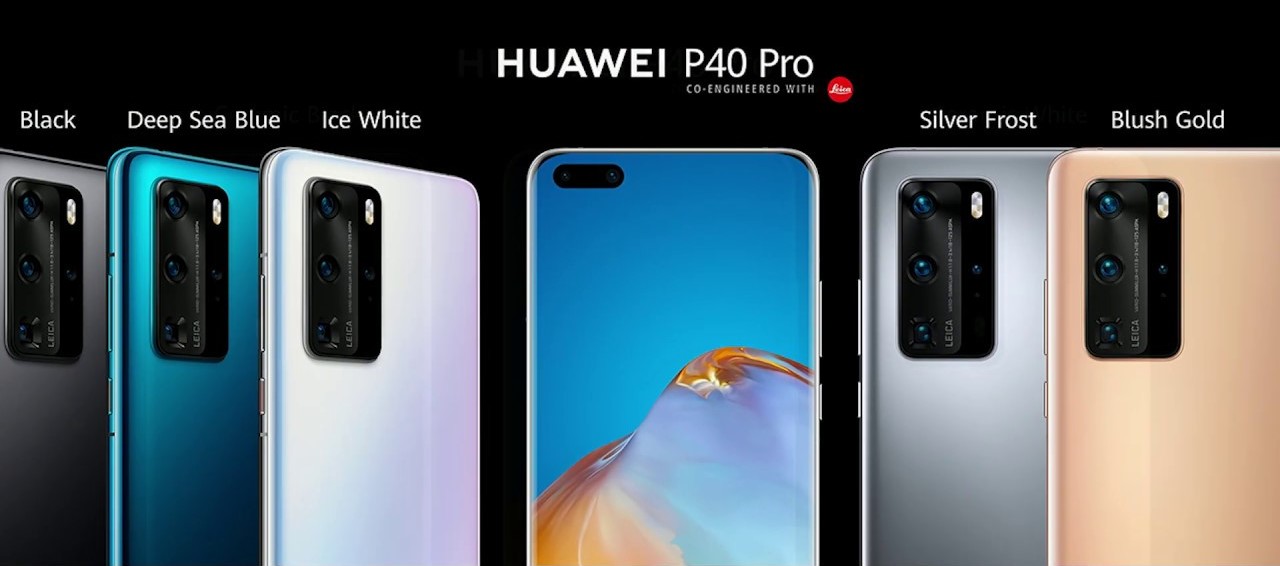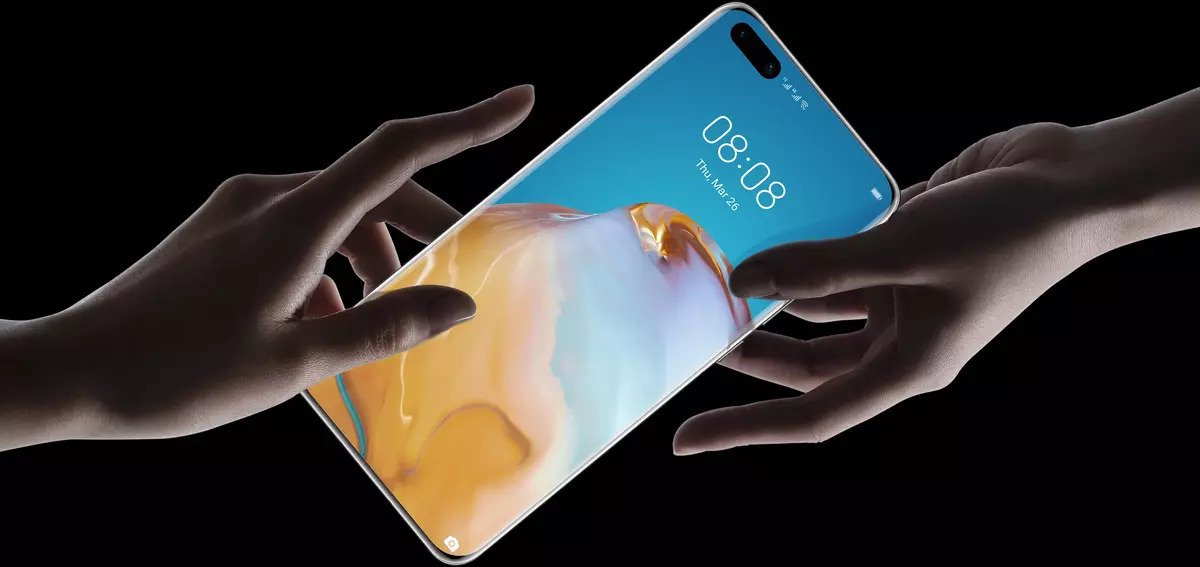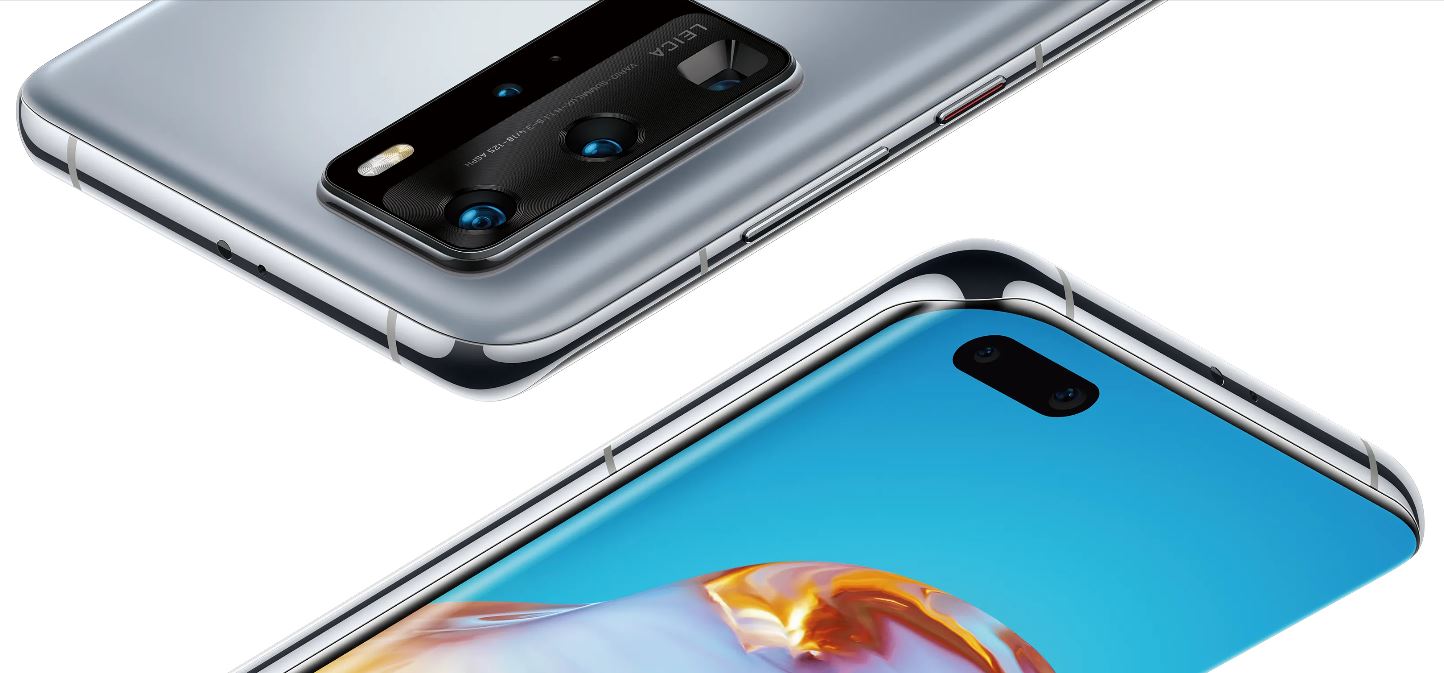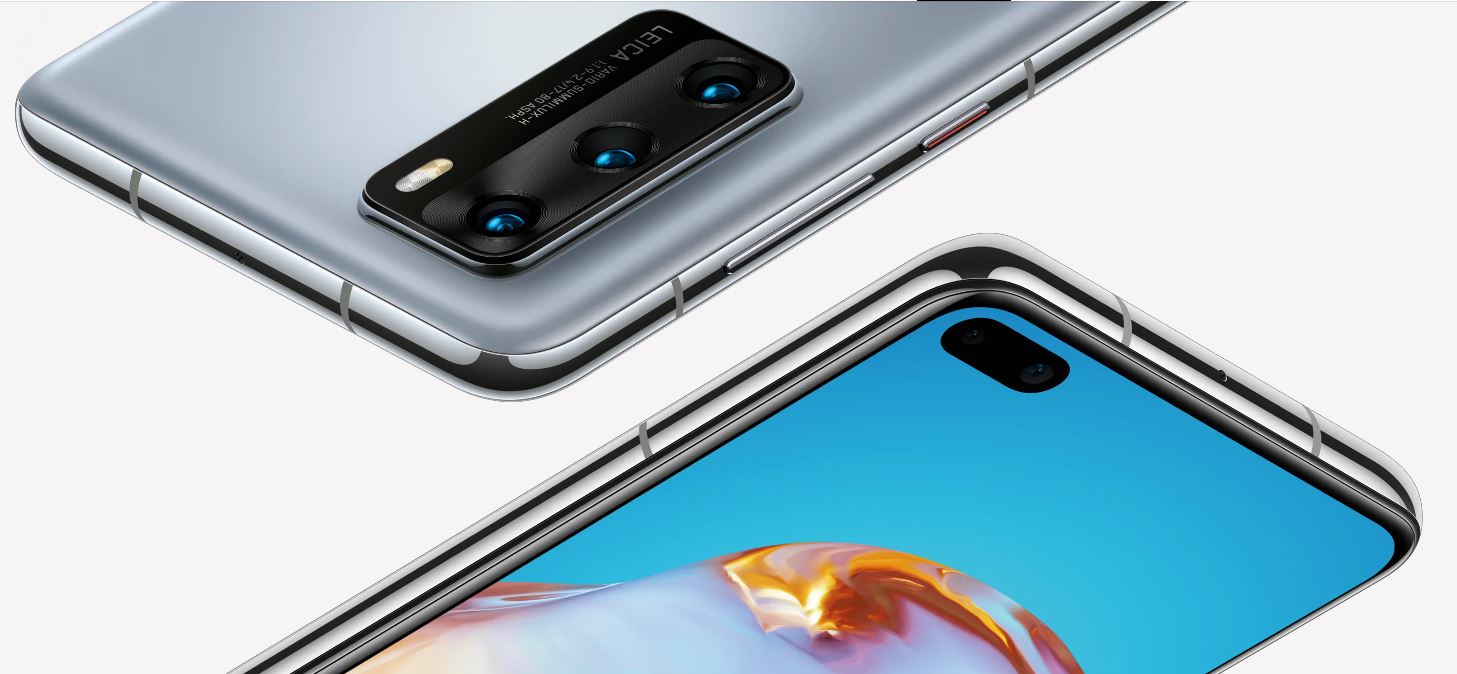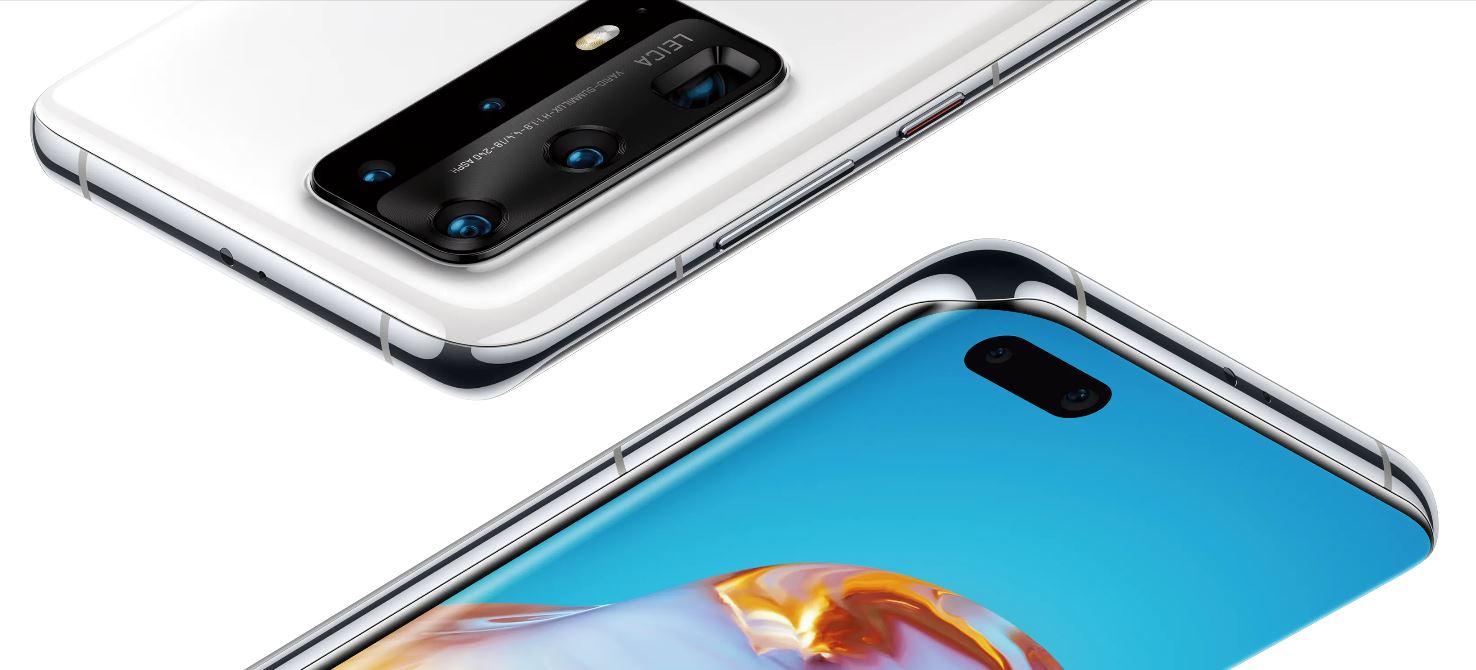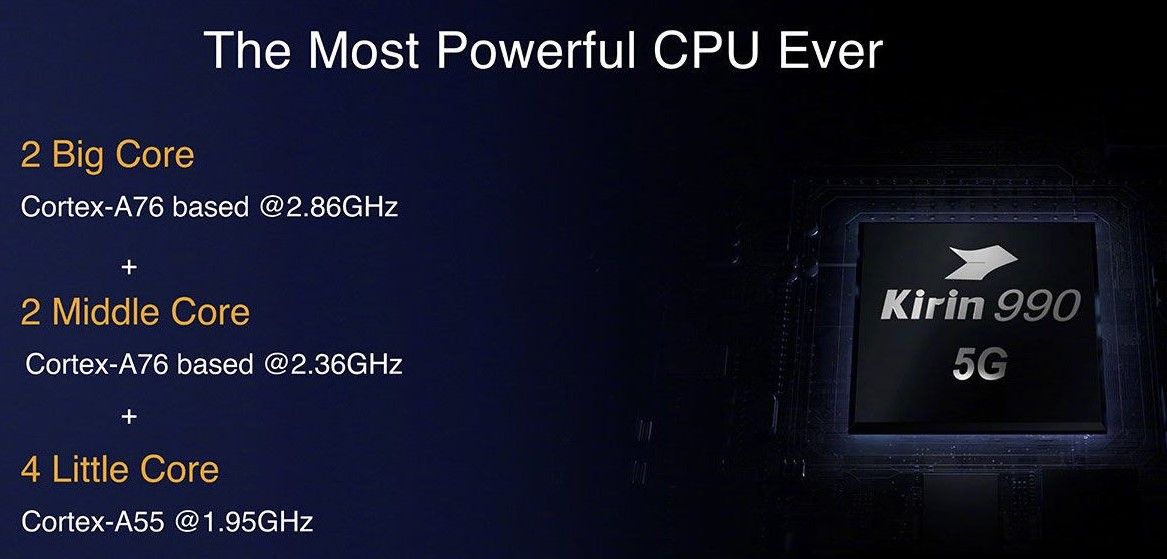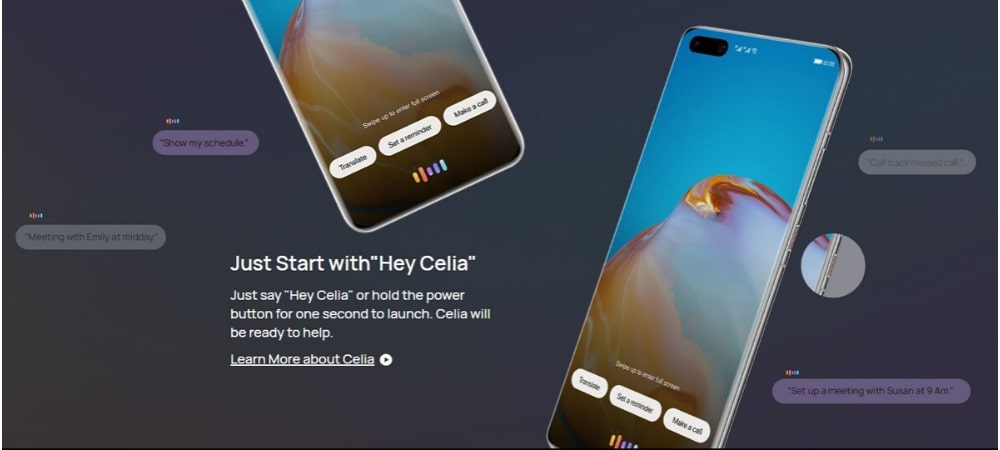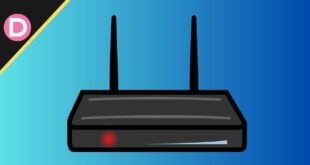Despite the Corona thing going on, Huawei managed to launch their flagship phones for 2020 yesterday. The event was restricted to online only. Instead of going for an old two-series launch program, they opt for a trio P-series. Samsung, too, made the same decision for its S20 series. A lot of companies nowadays go for the same trio trend because it gives users more variety. Huawei launched its new trio P-series as P40, P40 Pro, and P40 Pro+ (also known as P40 Plus). Let’s take a look at how they differ from each other in every aspect.
Huawei P40 vs P40 Pro vs P40 Pro+ Comparison
Design
The Ice white, black, and Deep Sea blue glass-backed finishes are common for all three phones. The Huawei P40 Pro and P40 Pro+ have a silver and pink-gold matte-touch finish. In spite of having a glass back, they claim that it will not leave fingerprint marks, which is pretty great. On top of that, the Huawei P40 Pro+ has two special variants of its own. They claim they will come in either black or white with the nanotech ceramic back finish. It will be really amazing to see and feel this mesmerizing design.
Display
The Huawei P40 has a 6.1-inch (2340×1080 pixels) OLED panel with a 60Hz refresh rate, whereas the Huawei P40 Pro and P40 Pro+ have a 6.58-inch (2640 x 1200 pixels) OLED panel. The screen size is bigger than the P40 but isn’t as huge as upcoming phones like Samsung Galaxy S20 Ultra etc., which is pretty good as you can use the phone with one hand compared to bigger screens. Both of the phones have a 90Hz refresh rate, which is said to be 50% faster than the usual 60Hz display.
You may think, since it’s a flagship series, why don’t they opt for a 120Hz display (like Oppo Find X2 pro) or a 144Hz display like any other gaming phone? The reason we think this is more refresh rate display means more battery consumption and more cost. Since there are no apps or games that support 120Hz, there is no point in giving a 120Hz display. Also, there is no huge difference between 90Hz and 120Hz refresh rate.
The P40 has a standard flat screen with slightly larger bezels than its successors. The P40 Pro and P40 Pro+ have an edge-to-edge Overflow display with curved edges, which looks pretty cool. It has a barely visible top, bottom, left and right bezels. Since the notch display has become old-style, they are offering a dual-punch holed display for all of the three phones.
Camera
The P40, P40 Pro, and P40 Pro+ sport a Triple, Quad, and Penta camera, respectively.
All three models have the same 50-megapixel primary camera with f/1.9 aperture and Optical Image Stabilisation (OIS). At the top, it has a SuperSensing (RYYB) sensor.
Coming to the Ultra-wide lens, the P40 has a 16-megapixel camera with an f/2.2 aperture. However, the P40 Pro and P40 Pro+ offer a 40-megapixel ultra-wide cinematic lens at f/1.8 aperture. The higher resolution indicates you can shoot videos at 4K resolution.
All three variants have an optical zoom lens. A 3x zoom with an 8-megapixel lens with f/2.4 aperture and OIS for both P40 and P40 Pro+, 5x optical zoom with a 12-megapixel lens with f/3.4 aperture and OIS along with RYYB sensor for P40 Pro and a special out of the box 10x optical periscope zoom with an 8-megapixel lens with f/4.4 aperture and OIS for the P40 Pro+.
Under the hood, both P40 Pro and P40 Pro+ offer a Time-of-Flight depth sensor, which means you can click bokeh pics from a distance. Also, all three phones will have some extra features like night mode, Artificial Intelligence shooting, etc.
Talking about the selfie camera, all three sport a dual camera with a 32-megapixel main lens and an 8-megapixel camera coupled with a depth sensor for the bokeh effect.
Performance, Battery & Storage
All three models are powered by the blazing-fast Octa-core Kirin 990 chipset with 5G connectivity on board. All of them are backed by 8GB of RAM and a Mali-G76 MC16 GPU for smooth and seamless performance.
In the battery section, the three models differ. The P40 has a 3,800mAh battery with 22.5W fast charging. Sadly, it doesn’t support wireless charging. Both P40 Pro and P40 Pro+ have a 4,200mAh battery with 40W fast charging. Both of them support wireless charging. The first one supports 27W wireless charging, while the latter supports 40W wireless charging, which is pretty unusual.
The P40 and P40 Pro have inbuilt storage of 128GB and 256GB with the ability to expand through Nano memory card 2. The P40 Pro+ has an internal storage of 512GB, but sadly, it is not expandable.
Software
Since the USA officials boycotted Huawei last year, the Chinese company has been restricted from doing business with Google or any other American Companies. As a result, Huawei can’t use any Google services on their phones, which means no Google Play store. However, it is replaced by Huawei’s App Gallery, but it lacks some major apps like WhatsApp. Although, you can also download and install apps externally. The company provides a new search assistant called ‘Celia,’ which may rely on Qwant’s European search results. Despite all that, the P40 series runs on Google’s Android 10 operating system with Huawei’s EMUI 10.1.
Price
The price of P40, P40 Pro, and P40 Pro+ are EUR 799 (roughly Rs. 66,300), EUR 999 (roughly Rs. 82,900) and EUR 1,399 (roughly Rs. 1,16,000), respectively. The P40 and P40 Pro will go on sale from April 7, and P40 Pro+ will go on sale from June 2020.
Specifications That Matter
| Specs | Huawei P40 | Huawei P40 Pro | Huawei P40 Pro+ |
| Display | 6.1-inch fullHD+ OLED flat 60Hz 2340 x 1080 | 6.58-inch fullHD+ OLED quad curved 90Hz 2640 x 1200 | 6.58-inch fullHD+ OLED quad curved 90Hz 2640 x 1200 |
| Dimensions | 148.9 x 71.1 x 8.5mm | 158.2 x 72.6 x 9mm | 158.2 x 72.6 x 9mm |
| Weight | 175 grams | 209 grams | 226 grams |
| Processor | Kirin 990 | Kirin 990 | Kirin 990 |
| Rear Camera | 50MP, f/1.9, 23mm (wide) 8MP, f/2.4, 80mm (telephoto) 16MP, f/2.2, 17mm (ultrawide) | 50MP, f/1.9, 23mm (wide), Periscope 12MP, f/3.4, 125mm (telephoto) 40MP, f/1.8, 18mm (ultrawide) TOF 3D, (depth) | 50MP, f/1.9, 23mm (wide) Periscope 8MP, f/4.4, 240mm (telephoto) 8MP, f/2.4, 80mm (telephoto) 40MP, f/1.8, 18mm (ultrawide) TOF 3D, (depth) |
| Front Camera | 32MP, f/2.2 IR TOF 3D (biometrics sensor) | 32MP, f/2.2 IR TOF 3D (depth/biometrics sensor) | 32MP, f/2.2 IR TOF 3D (depth/biometrics sensor) |
| Battery | 4,000 mAh 25W fast charging | 4,500 mAh 25W fast charging | 5,000 mAh 45W fast charging |
| OS | Android 10 EMUI 10.1 | Android 10 EMUI 10.1 | Android 10 EMUI 10.1 |
| RAM + Storage | 8GB + 128GB | 8GB + 256GB | 8GB + 512GB |
